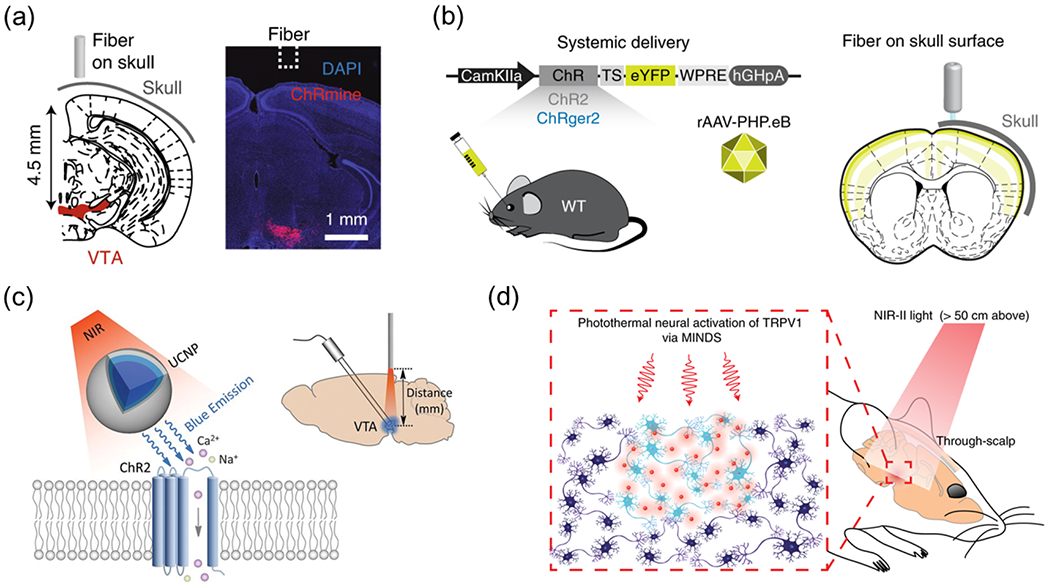Fig. 1. Emerging optical neuromodulation methods.

(a) A red-shifted and ultrasensitive opsin, ChRmine, enables transcranial deep-brain optogenetics with 635 nm illumination. Reproduced from [17] with permission from Springer Nature, Copyright 2021. (b) A high-photocurrent and low-light-sensitive opsin, ChRger2, enables transcranial optogenetics with 447 nm illumination. Reproduced from [18] with permission from Springer Nature, Copyright 2019. (c) UCNPs composed of NaYF4:Yb,Tm@NaYF4 enables transcranial activation of ChR2 under 980-nm illumination. Reproduced from [19] with permission from American Association for the Advancement of Science, Copyright 2018. (d) Polymeric nanoparticles enable through-scalp and tether-free neuromodulation in deep-brain regions with widefield, 1,064-nm infrared illumination. Reproduced from [47] with permission from Springer Nature, Copyright 2022.
